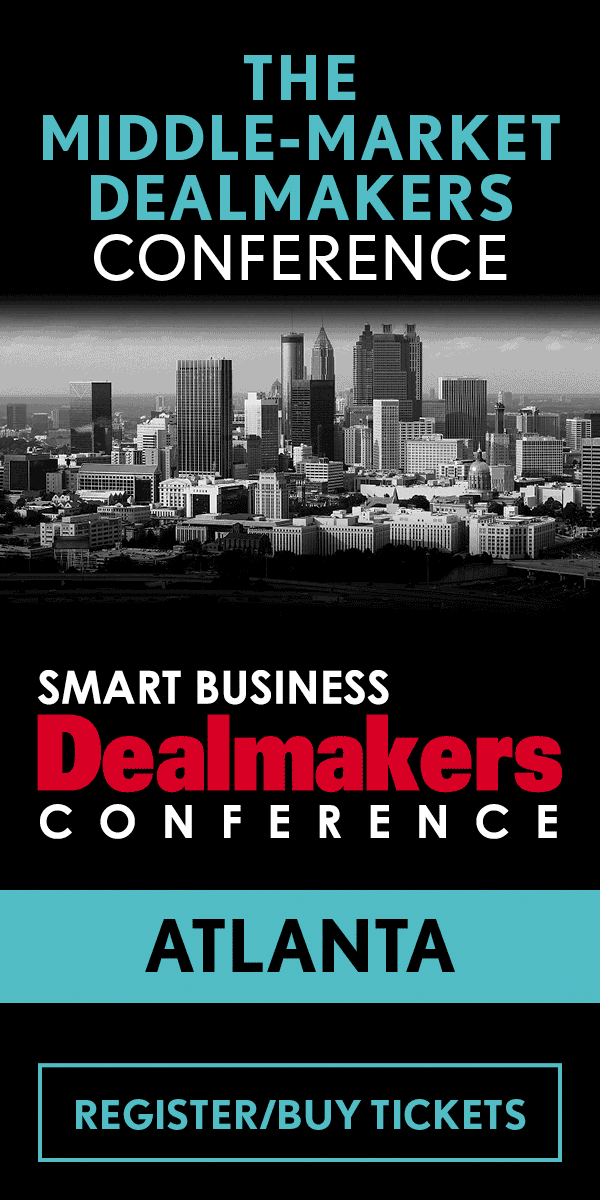While private equity ownership can fuel a company’s growth strategy through the infusion of capital and industry expertise, it also comes with an expiration date.
“If you’re being acquired by private equity, at some point, they have to sell,” says Larry Williams, CEO at Henniges Automotive. “That’s just the business model.”
In 2007, Wynnchurch Capital-backed Metzeler Automotive Profile Systems bought GDX Automotive and changed its name to Henniges Autotmotive. In 2010, Henniges was acquired by Littlejohn & Co., which five years later sold it to China’s AVIC Automotive Systems. While the company has been through a number of transactions, it has also grown to become a leading provider of vehicle sealing and anti-vibration solutions for the global automotive industry. Currently, Henniges consists of 19 manufacturing locations across eight countries, with annual sales exceeding $1 billion.
“When you’re owned by private equity, you don’t have a whole lot of say in who you’re going to get bought by,” Williams says. “But as a CEO, you do have input. It’s where that whole diligence process becomes so important. You need to be involved and understand who that buyer is going to be.”
Smart Business Dealmakers spoke with Williams about keys to building and maintaining a strong business model through the transitory nature of private equity ownership.
Find your place
Every private equity firm approaches ownership of its portfolio companies differently.
“They all have different management styles and different engines,” Williams says. “That’s why the interviewing and due diligence process are so important. They all want to make money and earn a return, but how they go about doing that can be completely different.”
While some firms like to be involved at a high level and participate only in broader strategic conversations, others insist on having a say in day-to-day operating decisions.
“Those are kind of the two extremes, and then there are some that are somewhere in the middle,” Williams says. “Even within the same private equity company, depending on who sits on your board, they may have different philosophies on how involved they want to be.”
Williams considers himself fortunate that he’s always been able to build a strong partnership with the PE firms that have owned Henniges. When he’s had something to say, his insights have typically been well-received.
“When they’ve asked questions, I’ve always been very open and honest with providing data to support my rationale,” he says. “I think that that helps them get a better understanding of what they are after or what they are looking for, which ultimately helps in finding the right partner. Be honest and open about what’s really going on, as opposed to trying to craft a story that tells them what you think they want to hear.”
Stay ready
Williams doesn’t spend a lot of time worrying about when Henniges will be sold again.
“It's not at the forefront, but depending on who the ownership is, it’s always on the back burner,” he says. “You’re positioning yourself over time for that eventual change of control, and the typical life cycle is five to seven years. So it’s not imminent once the transaction happens, but eventually you do have to focus on that.”
When that time does come, it’s about assessing who the acquirer is, what their vision is and where you are in your life cycle as a company.
“Are you in a turnaround situation?” he says. “Are you looking to expand your geographic reach, your product line or product portfolio? Depending on what you’re looking for or where you are in the evolution of your company dictates what you’re looking for next and what you have to do next. But every one of the cases that I’ve been involved with, it’s never at the forefront when the transaction happens.”
The key is being involved in the dialogue that eventually leads to a transaction.
“It could be a strategic that buys you, and you’ve got to make sure that, as the seller — if you’re going to continue on with the business and be successful, and you believe in your strategy — that you find a purchaser that is going to be on the same page,” Williams says. “Then, as you go through the process, it’s open communication and making sure that you’re communicating where you want to go and making sure that you’re both listening to each other and developing a good rapport with one another to be able to share ideas.”




